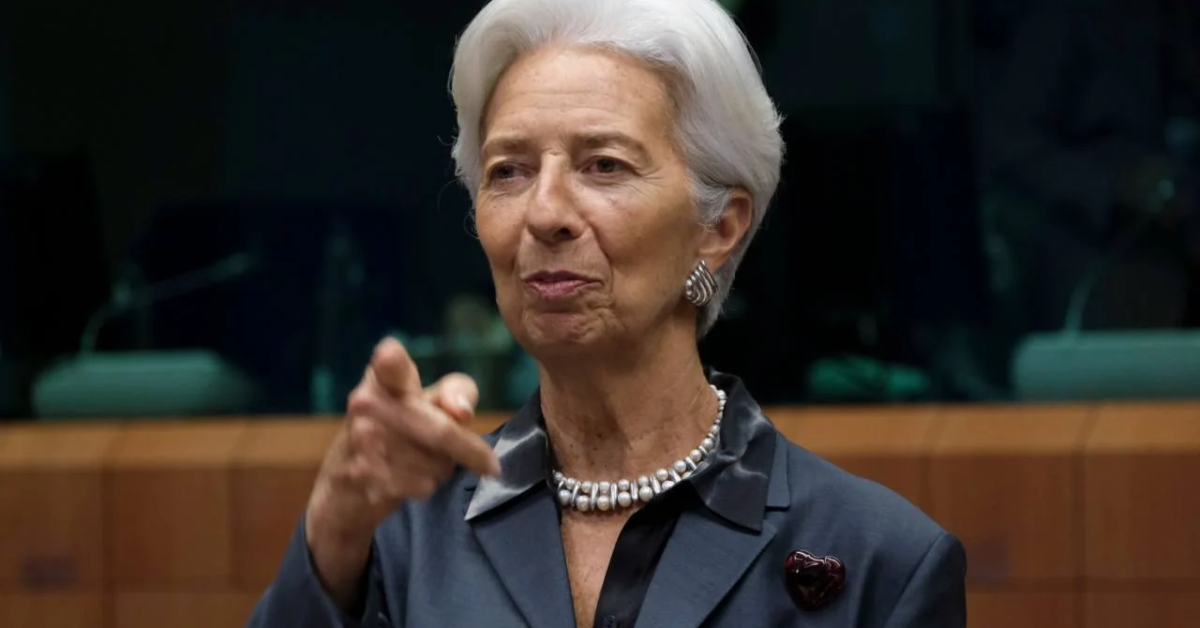Introduction
Building a balanced crypto investment portfolio is crucial for mitigating risks and maximizing potential returns in the ever-evolving cryptocurrency market. With thousands of digital assets available, creating a strategy that incorporates diverse assets based on individual risk tolerance, investment goals, and market analysis is essential. In this comprehensive guide, we will explore the intricacies of constructing a balanced crypto portfolio, the importance of diversification, risk management strategies, and actionable steps that investors can take to achieve a well-rounded investment stance.
Understanding Crypto Investments
What Is Cryptocurrency?
Cryptocurrency is a digital or virtual form of currency that uses cryptography for security. The decentralized nature of cryptocurrencies is maintained through blockchain technology, which serves as a public ledger for all transactions. Bitcoin, created in 2009, is the first and most recognized cryptocurrency, but thousands of alternatives, known as altcoins, exist today.
Why Invest in Cryptocurrencies?
Investors flock to cryptocurrencies for various reasons, including:
- High Potential Returns: Cryptocurrencies can yield substantial returns, often outperforming traditional investments.
- Diversification: Adding cryptocurrencies can diversify an investment portfolio, reducing overall risk.
- Innovation Exposure: Investing in cryptos provides exposure to rapidly growing tech sectors such as DeFi (Decentralized Finance) and NFTs (Non-Fungible Tokens).
- Inflation Hedge: Many see cryptocurrencies, like Bitcoin, as a hedge against inflation due to their limited supply.
The Importance of a Balanced Portfolio
A balanced portfolio minimizes risk while optimizing returns. In the volatile crypto market, a well-diversified portfolio can withstand market fluctuations. This is essential for:
- Risk Management: Diversification reduces the impact of a poor-performing asset.
- Stability: A balanced portfolio can achieve steadier growth.
- Investment Goals: Different cryptocurrencies serve varied investment strategies, aligning with individual goals and risk tolerances.
Steps to Building a Balanced Crypto Investment Portfolio
1. Assess Your Risk Tolerance
Understanding your risk tolerance is the first step in creating a balanced portfolio. Consider the following:
- Investment Experience: How comfortable are you with market fluctuations?
- Investment Horizon: Are you investing for the short term or the long term?
- Financial Situation: Consider your overall financial health and how much you can afford to invest.
2. Diversification Strategy
Diversification is vital in crypto investments. A well-structured portfolio can include:
- Large-Cap Coins: Investments in established coins like Bitcoin (BTC) and Ethereum (ETH), which are generally more stable.
- Mid-Cap and Small-Cap Coins: These can offer growth potential but come with higher risks.
- Stablecoins: Cryptocurrencies pegged to stable assets (e.g., USDT, USDC) help reduce volatility.
Portfolio Allocation Suggestions
- 60% Large-Cap Coins (BTC, ETH)
- 20% Mid-Cap Coins (e.g., Chainlink (LINK), Cardano (ADA))
- 10% Small-Cap Coins (e.g., Shiba Inu (SHIB), Avalanche (AVAX))
- 10% Stablecoins (e.g., Tether (USDT), USD Coin (USDC))
3. Research and Analyze
Always perform thorough research before investment. Essential steps include:
- Project Whitepapers: Understand the technology, use case, and market potential.
- Market Trends: Analyze price patterns, trading volume, and overall market sentiment.
- Community & Social Media: Active communities can indicate strong user engagement.
Tools for Crypto Analysis
- CoinMarketCap / CoinGecko: To track prices and market capitalization.
- Technical Analysis Charts: To evaluate market trends and movements.
- Crypto News Aggregators: Stay updated on the latest developments in the crypto space.
4. Monitor and Rebalance Your Portfolio
Regularly monitoring your portfolio is crucial for long-term success. Factors to consider include:
- Market Changes: Stay aware of market trends and adjust allocations accordingly.
- Performance Metrics: Regularly analyze each asset’s performance to identify underperformers.
Rebalancing Techniques
- Scheduled Reviews: Quarterly or bi-annual assessments of portfolio performance.
- Threshold Rebalancing: Adjusting allocations if they deviate beyond set percentages.
5. Stay Updated on Regulatory Changes
The regulatory environment for cryptocurrencies is evolving rapidly. Stay informed to avoid potential pitfalls and maximize investment opportunities. Key areas to watch include:
- Taxation Policies: Regulations can impact your investment returns significantly.
- Trading Regulations: New rules can affect what and how you can trade cryptocurrencies.
6. Explore Emerging Trends
The crypto landscape is continuously changing. Emerging trends to watch include:
- Decentralized Finance (DeFi): The rise of DeFi platforms has created new investment avenues.
- Non-Fungible Tokens (NFTs): Unique digital assets that can lead to exciting investment opportunities.
- Environmental Sustainability: Assess projects focusing on eco-friendly practices in blockchain technology.
Conclusion
Creating a balanced crypto investment portfolio is not only about picking the right cryptocurrencies—it’s about understanding your financial goals, risk tolerance, and keeping abreast of market trends. By implementing the strategies discussed—assessing risk, diversifying effectively, keeping informed, and monitoring your assets—you can build a robust portfolio that withstands the volatility of the crypto market while capitalizing on its growth potential. Whether you’re a seasoned investor or just starting, these strategies will position you for success.
For more resources and insights on cryptocurrency investing, feel free to visit [your-website-link].







